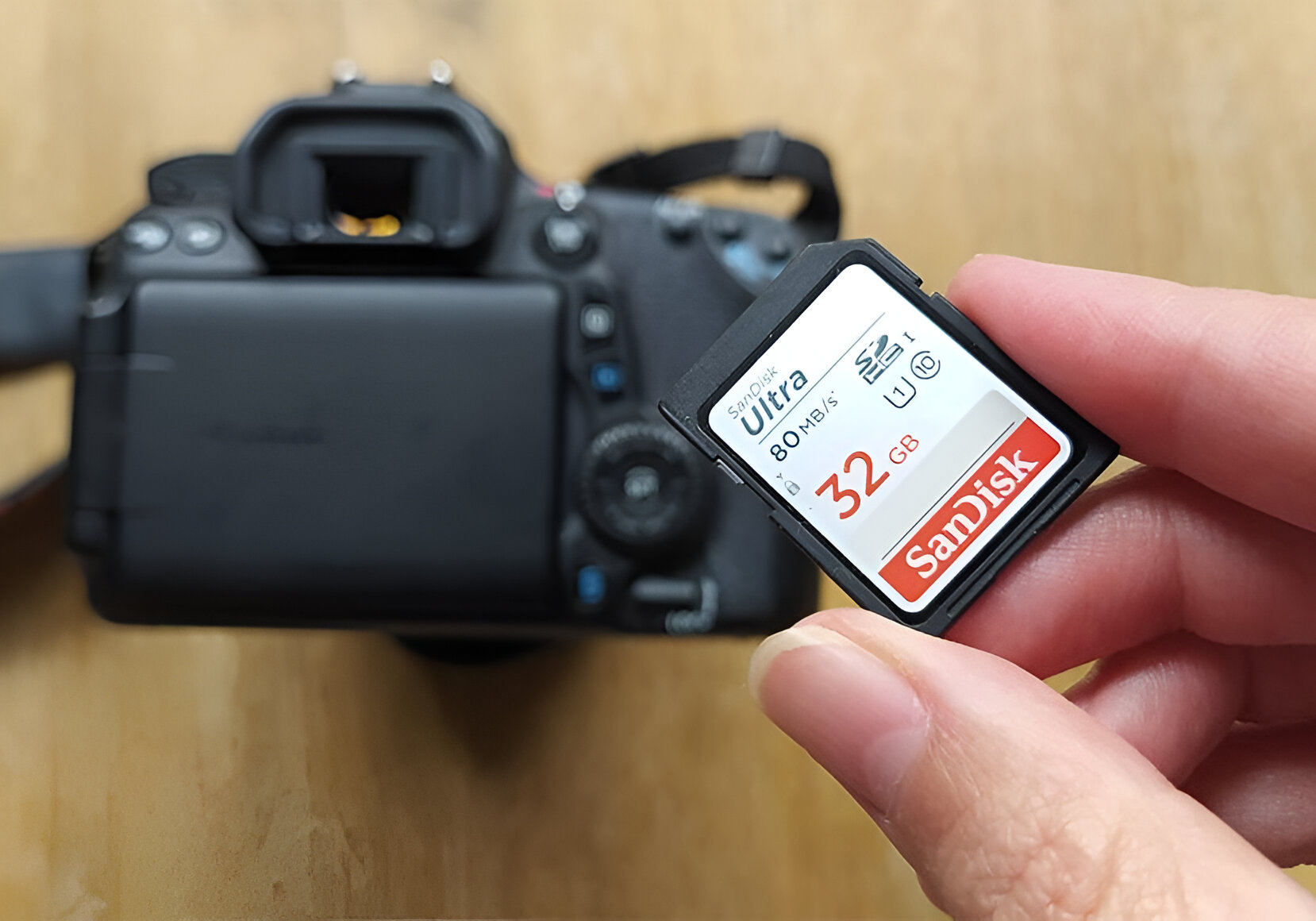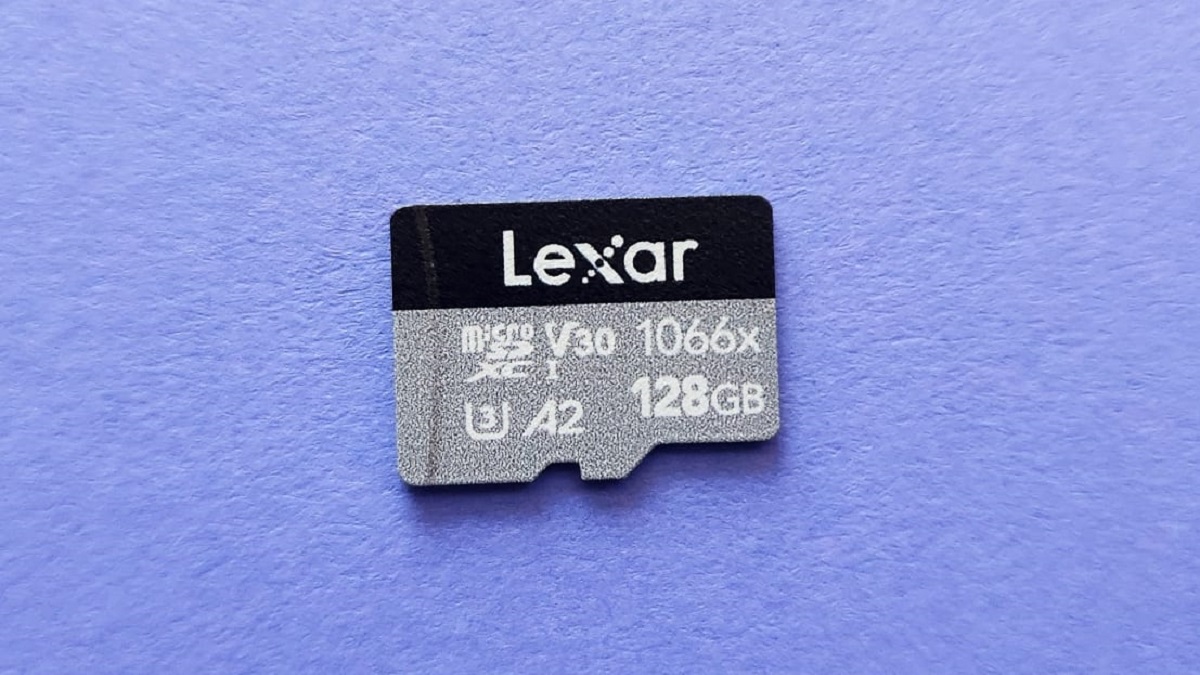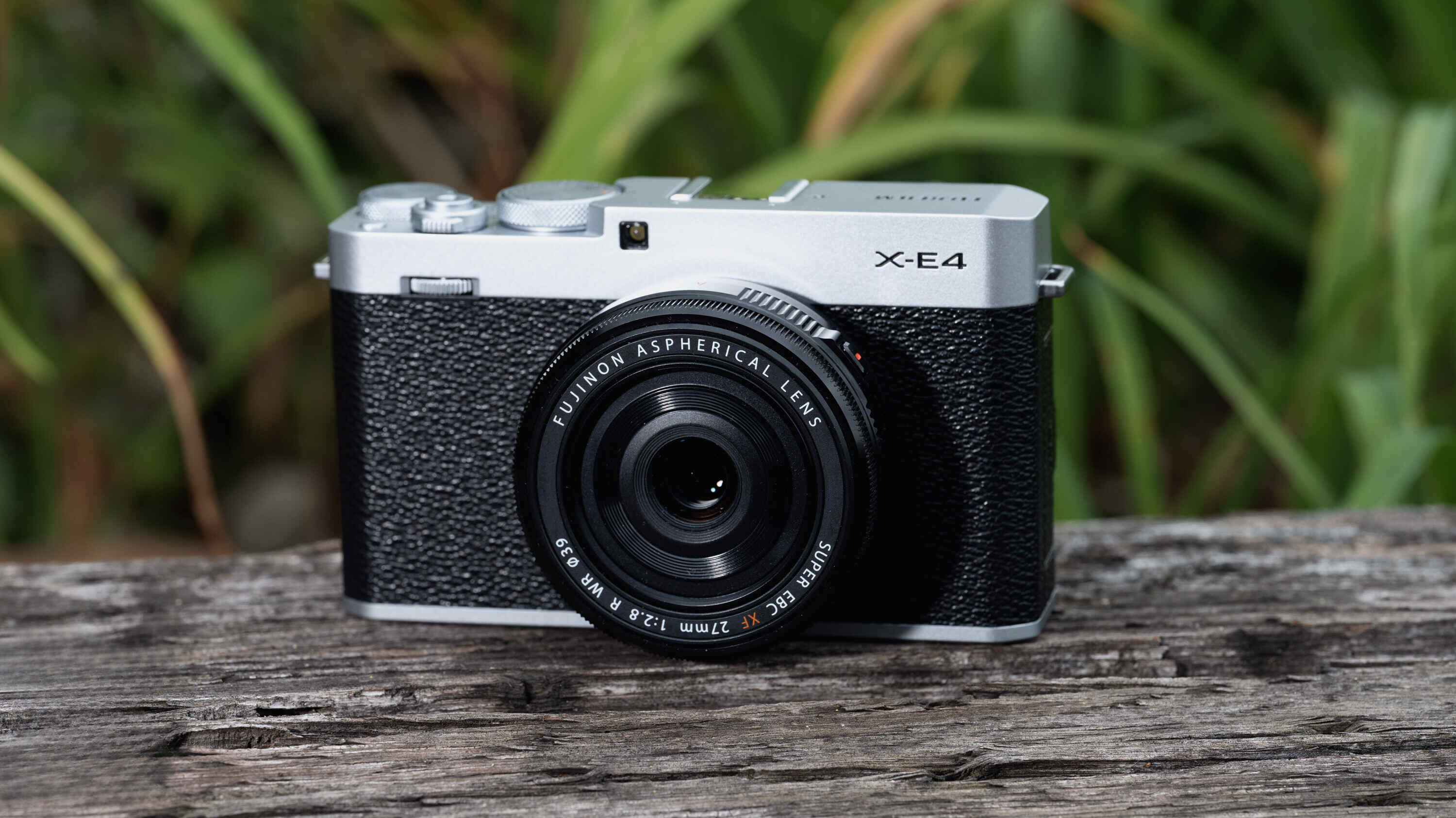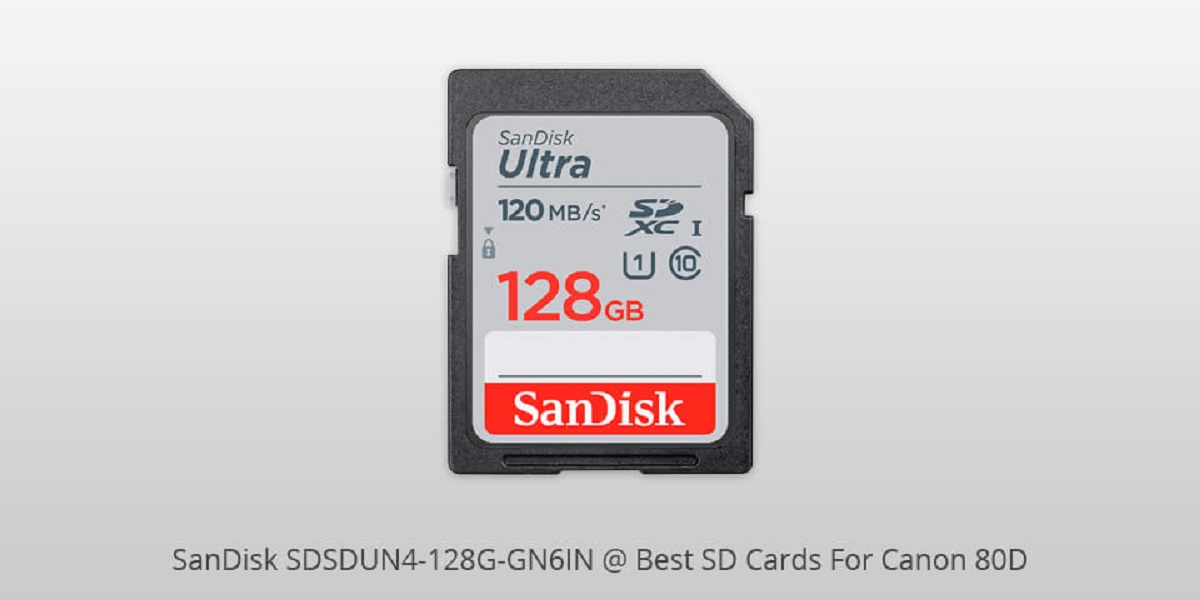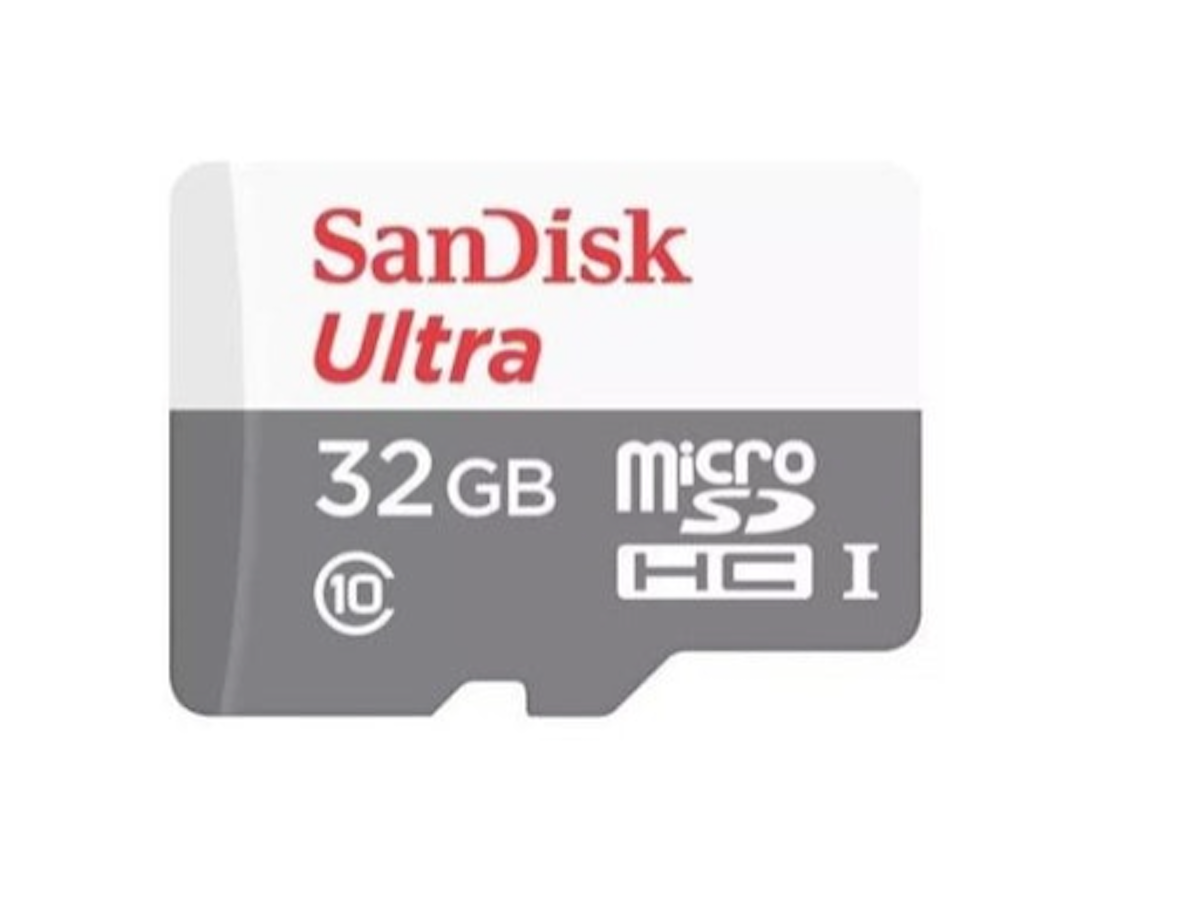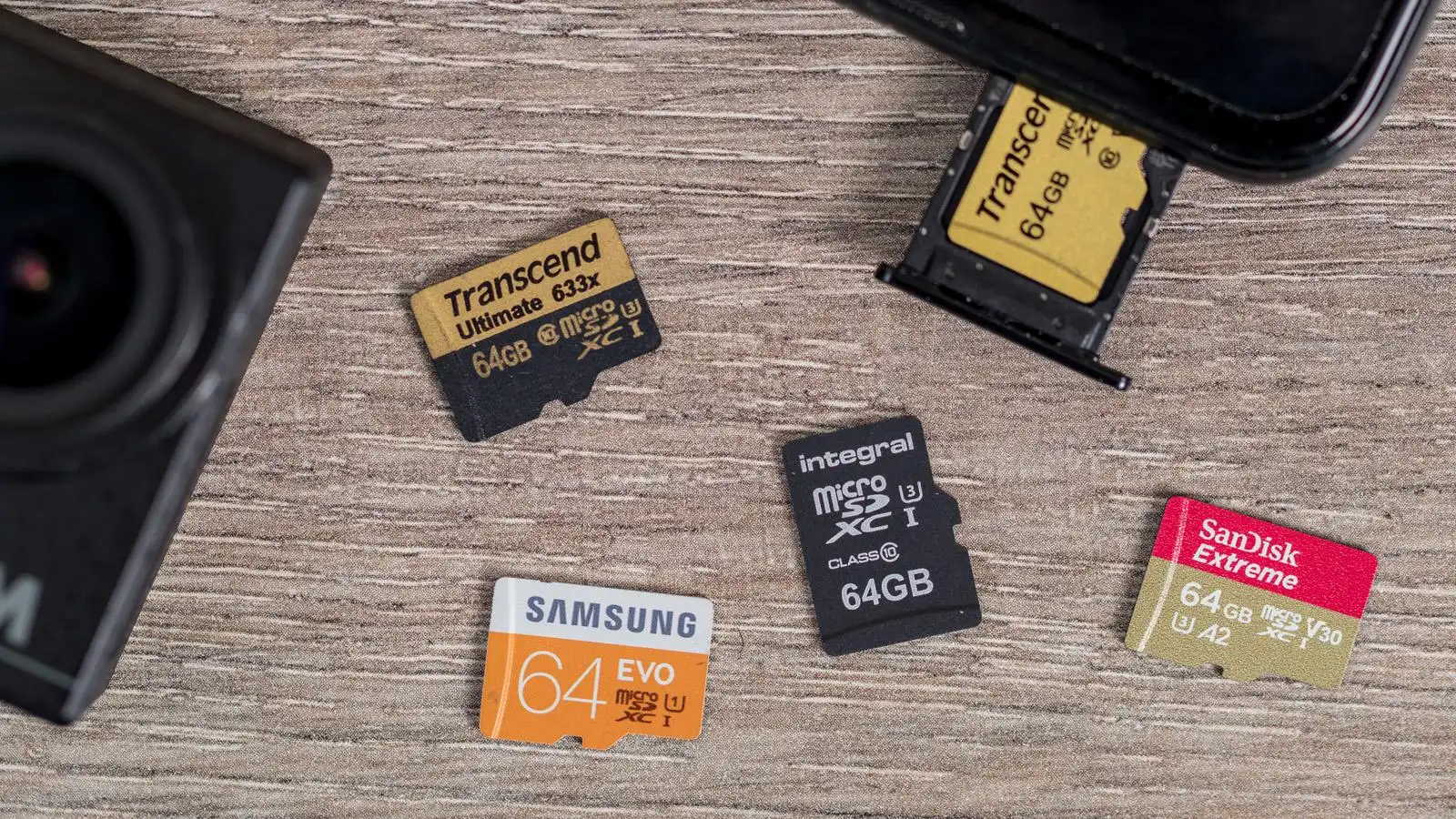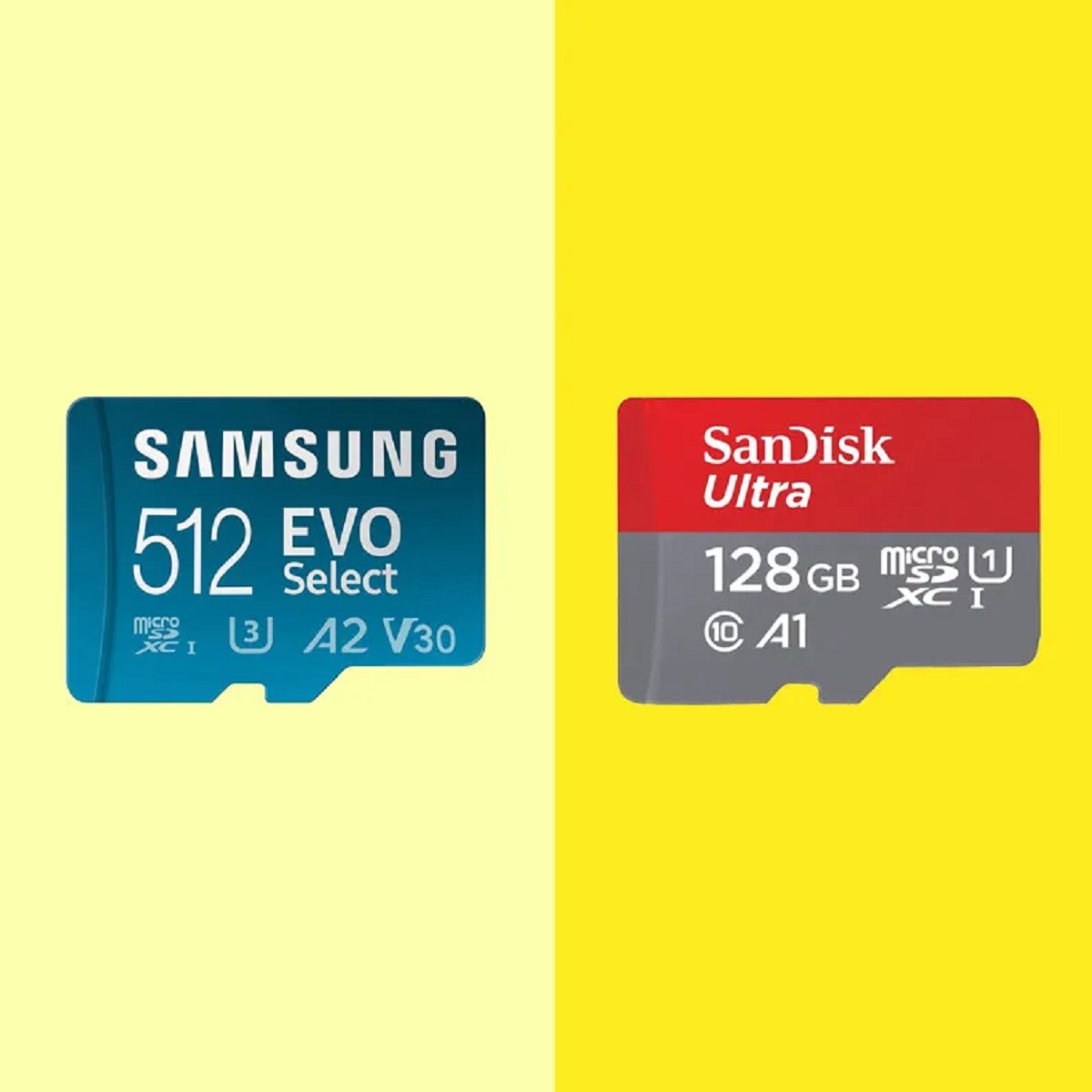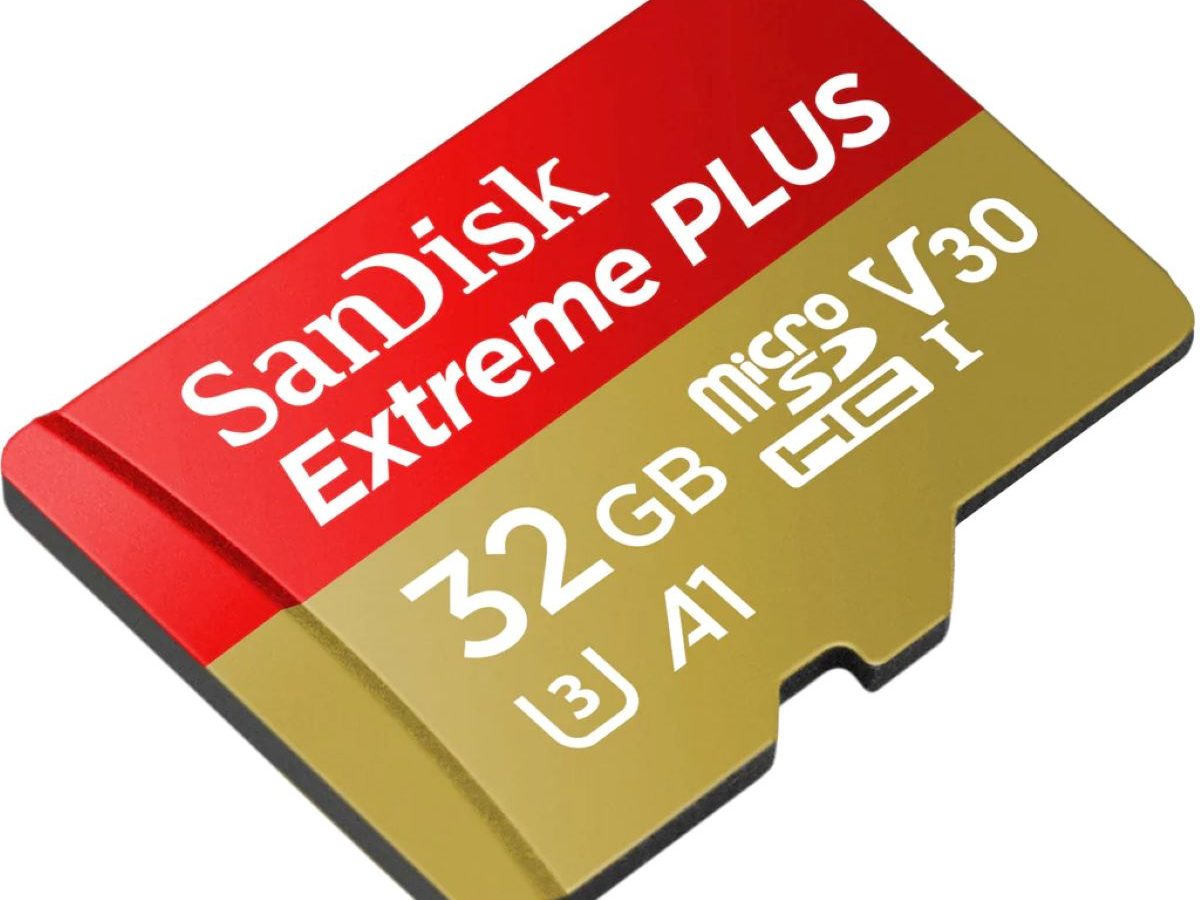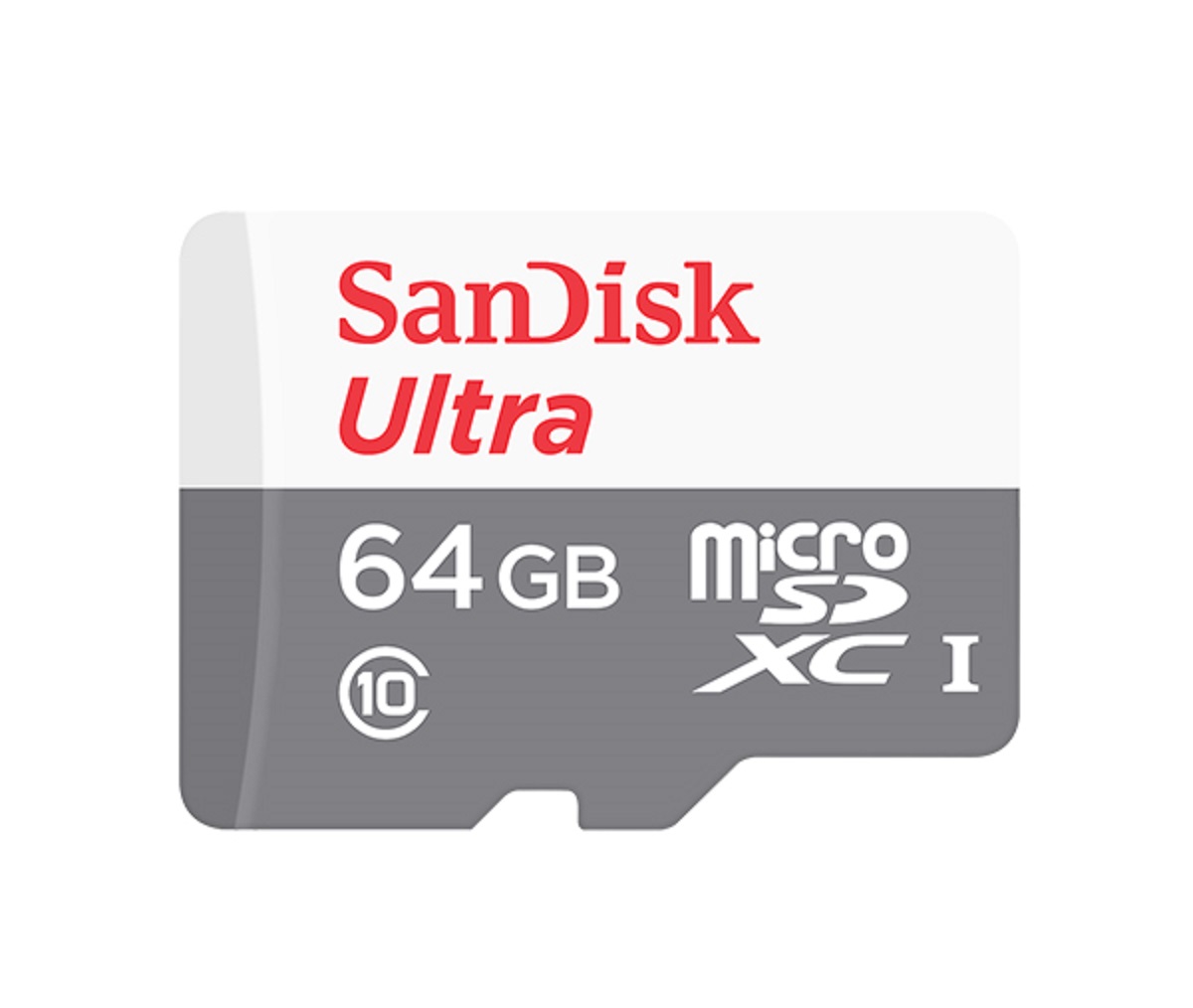Introduction
Understanding Video Recording Bitrates
Modern camcorders have revolutionized the way we capture and preserve precious moments, allowing us to relive our memories with stunning clarity and detail. With the advent of high-definition (HD) video recording, the demand for camcorders capable of capturing footage at 1080p resolution has surged. One of the crucial considerations when recording at this resolution is the storage capacity of the memory card, as it directly impacts the duration of the recording.
When exploring the capabilities of a camcorder, it's essential to comprehend video recording bitrates, which play a pivotal role in determining the amount of data generated during the recording process. Bitrate refers to the amount of data processed per unit of time, typically measured in bits per second (bps) or megabits per second (Mbps). In the context of video recording, bitrate directly influences the quality and size of the video file, with higher bitrates yielding superior image fidelity but requiring more storage space.
Understanding the correlation between video resolution, bitrate, and storage capacity is paramount for individuals seeking to optimize their recording experience. By delving into the intricacies of these components, users can make informed decisions regarding the selection of memory cards and the duration of their recordings.
As we embark on this exploration of video recording bitrates and their impact on recording time, we will unravel the calculations and factors that influence the duration of 1080p video recording on a 32GB memory card. By gaining a comprehensive understanding of these concepts, users can harness the full potential of their camcorders while maximizing the efficiency of their storage solutions.
Understanding Video Recording Bitrates
Video recording bitrates serve as a fundamental determinant of the quality and size of video files, wielding a profound influence on the recording process. When capturing footage at 1080p resolution, the bitrate governs the amount of data processed per second, directly impacting the level of detail and clarity in the video.
Bitrate is typically expressed in bits per second (bps) or megabits per second (Mbps), representing the volume of data transmitted within a given time frame. Higher bitrates result in larger file sizes and enhanced video quality, making them ideal for preserving intricate details and vibrant colors. However, this heightened quality necessitates greater storage capacity, underscoring the critical role of memory cards in accommodating high-bitrate recordings.
For 1080p video recording, the recommended bitrate often falls within the range of 10-20 Mbps, although some camcorders may offer higher bitrates for increased fidelity. Understanding the bitrate requirements of a specific camcorder is essential for optimizing recording quality while ensuring compatibility with the available storage media.
Moreover, the relationship between bitrate and recording duration is pivotal for users seeking to gauge the feasibility of capturing extended footage on a 32GB memory card. By comprehending the bitrate’s impact on file size, individuals can make informed decisions regarding the selection of memory cards and the anticipated duration of their recordings.
As we delve deeper into the intricacies of video recording bitrates, it becomes evident that these parameters wield significant influence over the quality, size, and duration of recorded footage. By grasping the nuances of bitrate management, users can harness the full potential of their camcorders, capturing moments with unparalleled clarity and precision.
Calculating Recording Time
When determining the recording duration of a 1080p video on a 32GB memory card, the interplay between bitrate and file size assumes paramount importance. By understanding the relationship between these factors, users can accurately estimate the length of footage that can be accommodated on the available storage medium.
To calculate the recording time, the bitrate of the video recording must first be ascertained. For 1080p footage, the bitrate typically ranges between 10-20 Mbps, though it can vary based on the specific camcorder and recording settings. Once the bitrate is determined, the file size per minute of recording can be calculated by dividing the bitrate by 8 to convert megabits to megabytes.
For instance, at a bitrate of 10 Mbps, the file size per minute would be approximately 1.25 megabytes (10 Mbps ÷ 8 = 1.25 MB). Similarly, at a bitrate of 20 Mbps, the file size per minute would be approximately 2.5 megabytes (20 Mbps ÷ 8 = 2.5 MB). These calculations provide a clear understanding of the space required for each minute of recorded footage at varying bitrates.
Subsequently, to determine the total recording time on a 32GB memory card, the file size per minute can be used as a reference point. By dividing the available storage capacity (32GB) by the file size per minute, users can obtain an estimate of the maximum recording duration at the specified bitrate.
It is important to note that the actual recording time may vary slightly due to file formatting and system overhead, but these calculations serve as valuable guidelines for gauging the approximate duration of 1080p video recording on a 32GB memory card.
By employing these calculations, users can make informed decisions regarding the selection of recording settings and the storage capacity required for capturing their desired footage. This methodical approach empowers individuals to optimize their recording experience while maximizing the utility of their memory cards.
Factors Affecting Recording Time
Several variables can influence the actual recording time of a 1080p video on a 32GB memory card, extending beyond the bitrate and file size calculations. Understanding these factors is essential for users seeking to accurately assess the duration of their recordings and optimize storage efficiency.
- Compression: The utilization of video compression algorithms can significantly impact the file size and, consequently, the recording duration. Efficient compression techniques can reduce the space required for each minute of footage, allowing for extended recording times without compromising quality.
- Frame Rate: The frame rate of the video recording directly affects the amount of data processed per second. Higher frame rates result in larger file sizes, potentially reducing the overall recording duration on a 32GB memory card. Understanding the trade-offs between frame rate and recording time is crucial for tailoring the recording settings to specific requirements.
- Variable Bitrate (VBR) vs. Constant Bitrate (CBR): The choice between VBR and CBR encoding modes can impact the distribution of data throughout the video. VBR allocates higher bitrates to complex scenes and lower bitrates to simpler sequences, optimizing file size without compromising visual fidelity. In contrast, CBR maintains a consistent bitrate throughout the recording, potentially resulting in larger file sizes and shorter recording times.
- Resolution and Quality Settings: Adjusting the resolution and quality settings of the camcorder can directly influence the bitrate and file size, thereby affecting the recording duration. By customizing these parameters based on the intended use of the footage, users can strike a balance between quality and storage efficiency.
- File Format: The choice of file format for video recording can impact the overall file size and compatibility with different devices. Certain file formats may offer enhanced compression capabilities, optimizing the storage utilization and extending the recording duration on a 32GB memory card.
By considering these factors in conjunction with the bitrate and file size calculations, users can gain a comprehensive understanding of the dynamics influencing the recording time of 1080p videos on a 32GB memory card. This holistic approach enables individuals to make informed decisions when configuring their camcorders and selecting the most suitable memory cards for their recording needs.
Conclusion
As we navigate the intricacies of 1080p video recording on a 32GB memory card, it becomes evident that the interplay of video recording bitrates, file size calculations, and various influencing factors is crucial for optimizing the recording experience. By comprehending the nuances of these elements, users can make informed decisions regarding their recording settings, storage solutions, and the anticipated duration of their footage.
Understanding video recording bitrates is foundational to gauging the quality and size of video files, providing a framework for users to tailor their recording parameters to specific requirements. The calculations involved in estimating the recording time on a 32GB memory card offer valuable insights into the space required for accommodating high-definition footage at varying bitrates, empowering users to plan their recordings effectively.
Moreover, the multifaceted factors influencing recording time, including compression techniques, frame rates, encoding modes, resolution and quality settings, and file formats, underscore the dynamic nature of video recording dynamics. By considering these variables in conjunction with bitrate and file size calculations, users can optimize their recording settings to strike a balance between quality and storage efficiency.
Ultimately, the comprehensive understanding of these elements equips users with the knowledge and tools to harness the full potential of their camcorders, capturing moments with unparalleled clarity and precision while maximizing the utility of their memory cards. By embracing a methodical and informed approach to video recording, individuals can elevate their recording experience and preserve their cherished memories with uncompromising fidelity.







